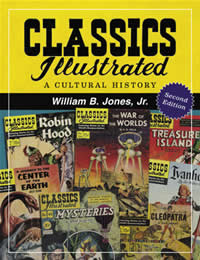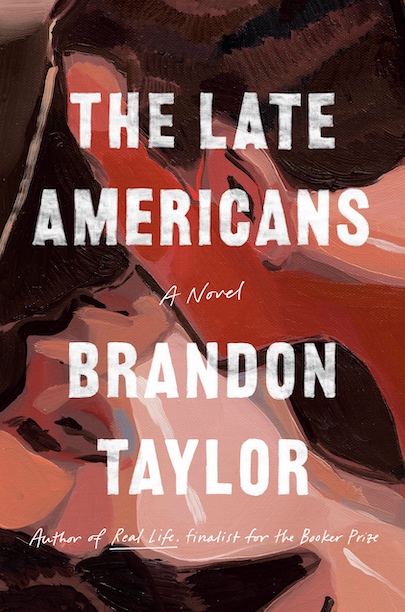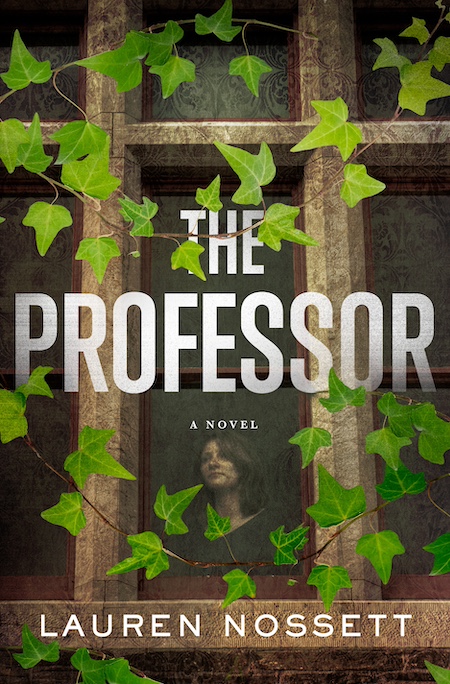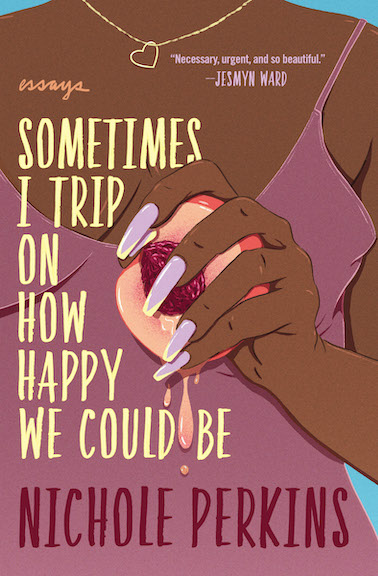Every Picture Tells a Story
William B. Jones Jr. presents the second edition of his exhaustive history of Classics Illustrated
The publication of the first edition of Classics Illustrated: A Cultural History in 2001 was met with great appreciation among fans of mid-century comic books and comic-book artists. In the second edition, William B. Jones Jr.—who is a graduate of Rhodes College in Memphis and who has a master’s degree from Vanderbilt University in Nashville—has included more than a hundred additional pages of historical facts, interviews, photos, and illustrations from the original comics, including full-color plates of iconic covers in the series. Jones calls them “as much a part of growing up in postwar America as baseball cards, hula hoops, Barbie dolls, or rock ‘n’ roll.”
The series began in 1941 as the dream child of Albert L. Kanter. Born in Russia in 1897, Kanter immigrated to the United States in 1904, where he worked as a publisher’s rep. A self-taught lover of literature, Kanter was inspired by opportunities he saw in the burgeoning comic-book industry to create a line that would adapt classic literature for presentation to children in this new and exciting medium. His intention was clearly stated in each issue: “Now that you have read the Classics Illustrated edition, don’t miss the enjoyment of the original, obtainable at your school or public library.” First up for adaptation was Alexandre Dumas’s The Three Musketeers in October of 1941, followed two months later by Sir Walter Scott’s Ivanhoe, and then, in early 1942, by another Dumas favorite, The Count of Monte Cristo.
 Each Classics Illustrated cover bore the tagline, “Featuring Stories by the World’s Greatest Authors.” Authors with the most works to appear under its yellow-title rectangle included Jules Verne, Alexandre Dumas, James Fenimore Cooper, Robert Louis Stevenson, Charles Dickens, Sir Walter Scott, William Shakespeare, Mark Twain, H. G. Wells, Sir Arthur Conan Doyle, Victor Hugo, Rudyard Kipling, Jack London, and Edgar Allan Poe. Only eight female authors were ever adapted: Charlotte Brontë, Emily Brontë, George Eliot, Ouida, Jane Porter, Anna Sewell, Mary Wollstonecraft Shelley, and Harriet Beecher Stowe. The emphasis was definitely on adventure, and young boys were the intended audience. Ivanhoe was the single best-selling title in the Classics Illustrated canon.
Each Classics Illustrated cover bore the tagline, “Featuring Stories by the World’s Greatest Authors.” Authors with the most works to appear under its yellow-title rectangle included Jules Verne, Alexandre Dumas, James Fenimore Cooper, Robert Louis Stevenson, Charles Dickens, Sir Walter Scott, William Shakespeare, Mark Twain, H. G. Wells, Sir Arthur Conan Doyle, Victor Hugo, Rudyard Kipling, Jack London, and Edgar Allan Poe. Only eight female authors were ever adapted: Charlotte Brontë, Emily Brontë, George Eliot, Ouida, Jane Porter, Anna Sewell, Mary Wollstonecraft Shelley, and Harriet Beecher Stowe. The emphasis was definitely on adventure, and young boys were the intended audience. Ivanhoe was the single best-selling title in the Classics Illustrated canon.
Source materials aside, comic books are a visual medium, and while a few of the contributing script writers and editors receive his attention, Jones’s main area of interest is the artists whose work is showcased in the comics. Complete chapters are devoted to those who made the most significant contributions to the comics’ look or “house style.” Jones includes samples of each illustrator’s work, along with a critical assessment of their strengths and weaknesses, and biographical information, most interestingly where their careers took them after their time at Classics Illustrated ended. Notable artists include Lillian Chestney Zuckerberg, one of the few female cartoonists of the time, whose florid style adorned Arabian Nights and Gulliver’s Travels, both in 1943; African-American artist Matt Baker, illustrator of a luscious Lorna Doone in 1946; and the dynamic duo of Henry Carl Kiefer (“historical accuracy [combined with] almost metaphysical mystery”) and Alex A. Blum (“striking compositional balance and pictorial clarity”). Between them Kiefer and Blum contributed to more than forty titles during their stints at Classics Illustrated during the late 1940s and early 1950s.
 This series was certainly not without its detractors. In Jones’s words, many critics considered the line “worse than regular comic books because they polluted great literature and subverted high culture.” In March of 1947, Kanter changed the name from “Classic Comics” to distance it from the national controversy erupting over the level of violence and lasciviousness in the popular crime and horror comics of the day. Classics Illustrated would continue production under Kanter’s leadership until 1967, before being sold and finally shut down in 1971. During those thirty years of production, Classics Illustrated produced 164 original titles and more than 1,200 reprints. Kanter had the foresight to keep older titles in print even as newer ones were released, and he included an order form in each issue so that readers could easily add to their collections any titles they were missing. Jones includes chapters highlighting comics produced for foreign markets, subsidiary lines such as “Classics Illustrated Junior,” and—for the true collector—twenty appendices, most of which consist of printing statistics for individual comics.
This series was certainly not without its detractors. In Jones’s words, many critics considered the line “worse than regular comic books because they polluted great literature and subverted high culture.” In March of 1947, Kanter changed the name from “Classic Comics” to distance it from the national controversy erupting over the level of violence and lasciviousness in the popular crime and horror comics of the day. Classics Illustrated would continue production under Kanter’s leadership until 1967, before being sold and finally shut down in 1971. During those thirty years of production, Classics Illustrated produced 164 original titles and more than 1,200 reprints. Kanter had the foresight to keep older titles in print even as newer ones were released, and he included an order form in each issue so that readers could easily add to their collections any titles they were missing. Jones includes chapters highlighting comics produced for foreign markets, subsidiary lines such as “Classics Illustrated Junior,” and—for the true collector—twenty appendices, most of which consist of printing statistics for individual comics.
A bright spot in this second edition is the news that the Classics Illustrated line is back in business and receiving greater acclaim than ever before. Many of the original comics have been reissued by a Canadian company, and several have been refreshed with new artwork and adapted into a graphic-novel format by a New York firm. For Jones, serving as historian for Classics Illustrated is truly a personal labor of love: “I have never forgotten the moment when, at the age of ten, I turned from Alex A. Blum’s ‘Classics Illustrated’ rendering of Hamlet to my mother’s old high-school Riverside edition, and the words danced to life on the page.”


